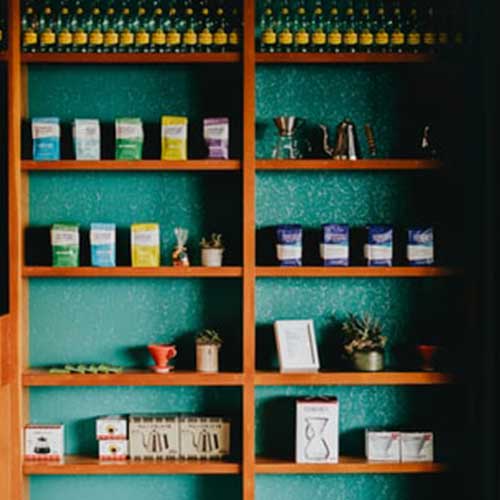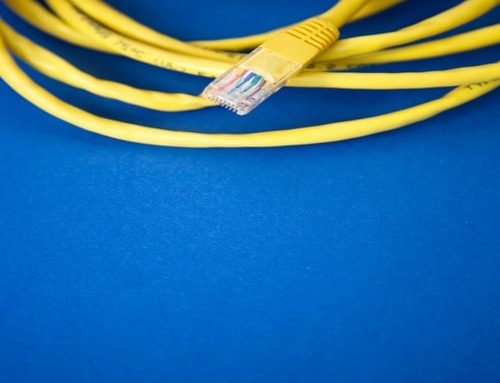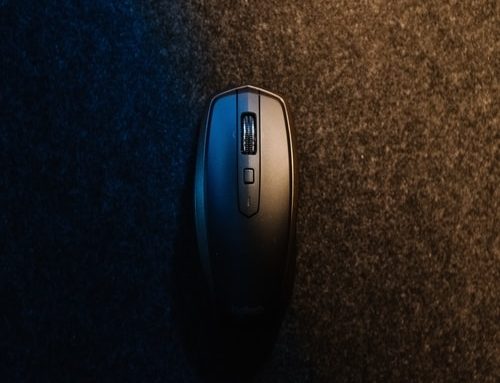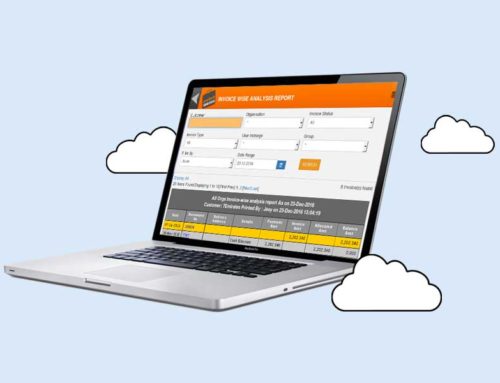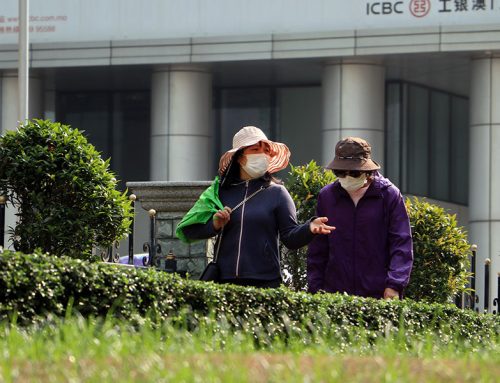The retail sector is one of the most competitive business arenas in the present day. The shelf appeal of a product/package of a product plays a crucial role in retailing a product. Packaging has an important role in increasing the shelf appeal of a product in the retail market.
“A study shows that the purchasing decision of more than 72 percent of consumers is influenced by product packaging”.
The packaging is defined as a group of activities towards designing and producing the wrapper or container of a product. A well-designed package can increase the sales of a product and directly influence the revenue.
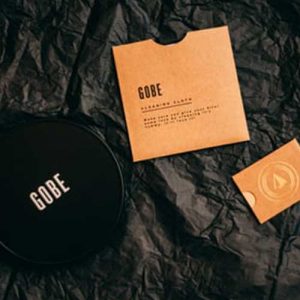
The primary role of packaging is to provide product integrity. The package needs to protect the product during transportation and while on the shelf.
There are several types of packaging:
1. Consumer packaging for direct consumption of a particular quantity by a consumer.
2. Transit packaging for transporting the product.
3. Industrial packaging for bulk consumption in the industrial scenario.
4. Multi-use packaging for reusing the packaging material after the product has been consumed.
Packaging as a Marketing Tool
A package is an important tool for marketing. The product package is used in several ways to boost its sales. It is used for marketing and attracting the attention of the consumers.
Listed below are some of the uses of product packaging towards increasing retail sales:
Capturing the attention of the customers:
An attractively designed package helps in drawing customer attention. The color and shape of the packet are the two most important factors in this regard.
Color: The colors on a packet is important in drawing consumer attention. Every color conveys a subtle message.
For example, red conveys vitality and encourages hunger, blue conveys sophistication, black color indicates authority, and so on.
The right choice of colors can directly impact the visibility of your product on the retail shelf.
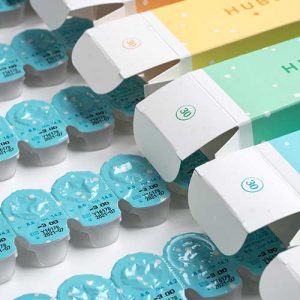
Shape: The shape of the packets is also related to its sales.
A big size packet with pointed edges relates to masculinity and a small packet with rounded edges depicts feminism.
Unique shapes also help identify the products than their competitors.
Pointing out the product benefits:
A well-designed product packet enumerates its features. This often increases its sales.
For example, packaging with bio-degradable tags attracts more consumers. Or packets with recycled symbols, boasting its organic origin draws more customer attention than its counterparts.
If a product has specific attributes not available in any other of its rivals, mentioning it on the packet creates a positive first impression.
Helping identify the product:
In several cases, packaging has become synonymous with the products helping buyers identify them.
For instance, the Coca Cola bottle, the Nescafe pouch, the Band-Aid strip, and several other products have become unique to their packaging.
The packaging of such products adds to its prestige and value.
Packaging also bears the product logo, instructions on its usage and disposal among other things.
Consumer response to packaging:
Several studies have been carried out to understand the consumer behavior towards product packaging.
“Researchers at the University of Twente, Netherlands found that packaging color has an important role in consumer’s responses”.
Another study indicated that marketing cues on product packaging increased product perception among buyers.
Packaging also affects customer emotions. It was seen that attractive packaging increased brain activity among research participants as compared to dull packaging.
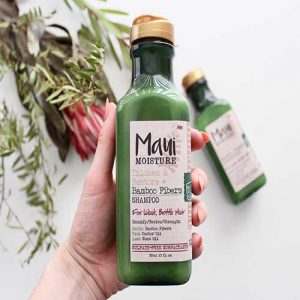
Selecting the right package for your products:
Having understood the multi-fold uses of packaging, its impact on the consumers, and its importance in the retail market, it is essential to understand how to select the correct product packaging.
The right product packaging improves customer appeal increasing its sales. In fact, package designing is by itself an important aspect of the product development cycle.
A study conducted by McKinsey indicates that a customer spends 20 seconds to scan a shelf while looking for a particular type of product.
So, distinctive packaging helps in such situations.
Here are a few points towards selecting the right kind of package:
Product safety:
The packaging should be able to contain and preserve the product in it. It should facilitate its storage and transportation apart from being cost-effective and user-friendly.
Packets made from recycled material have added appeal with the present-day buyers.
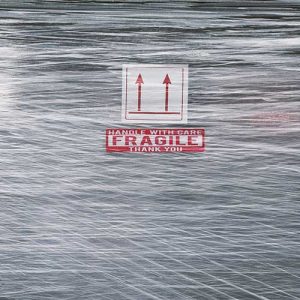
Target audience:
It is important to identify the target audience of the product and understand its requirements.
A product packaging aligned to the interests and preferences of the consumers goes a long way in making the product popular.
Alignment to brand personality:
The packet needs to identify itself with the brand and encourage consumers to identify it with the product line.
For example, a youth-oriented brand can use vibrant colors to attract buyers.
Good typography:
All written material on the packets should be clear and be well explained. The important features should be highlighted with big and bold font size.
If required, a call to action on the packaging should be provided.
Compliance with local standards:
Product packaging needs to comply with local safety and quality standards.
The packaging itself should be certified from the local agencies and confirm to the international standards for global outreach.
Budget:
The packaging budget adds to the product cost.
Hence, it should be cost-effective. Pouch based packaging, for example, is less expensive to box or carton packaging.
Finally, it is also necessary to understand the key attributes of good packaging.
First, all packaging should be easily disposable. The packet should have instructions on its efficient disposal.
Next, the use of excess packaging material should be avoided. This, in turn, reduces the cost of the product making it more reachable for the consumers; boosting its sales.
The packaging material should also be recyclable or at least reusable. The use of plastic in packaging should be minimized.
To sum it up:
It can be seen that product packaging contributes to its shelf appeal in the retail sector. It helps create the first impression and instills confidence in the customer.
The packaging influences the customers’ decision in purchasing the product and thereby increases its sales.
An aesthetically correct, a well-packaged product goes miles forward in increasing a company’s revenues in this competitive retail market.
Ready to scale your retail? Our team of POSibolt consultants are on hand to help you grow your business. Click on the link to request a callback: https://posibolt.co.za/contact/ or visit us at https://posibolt.co.za/


